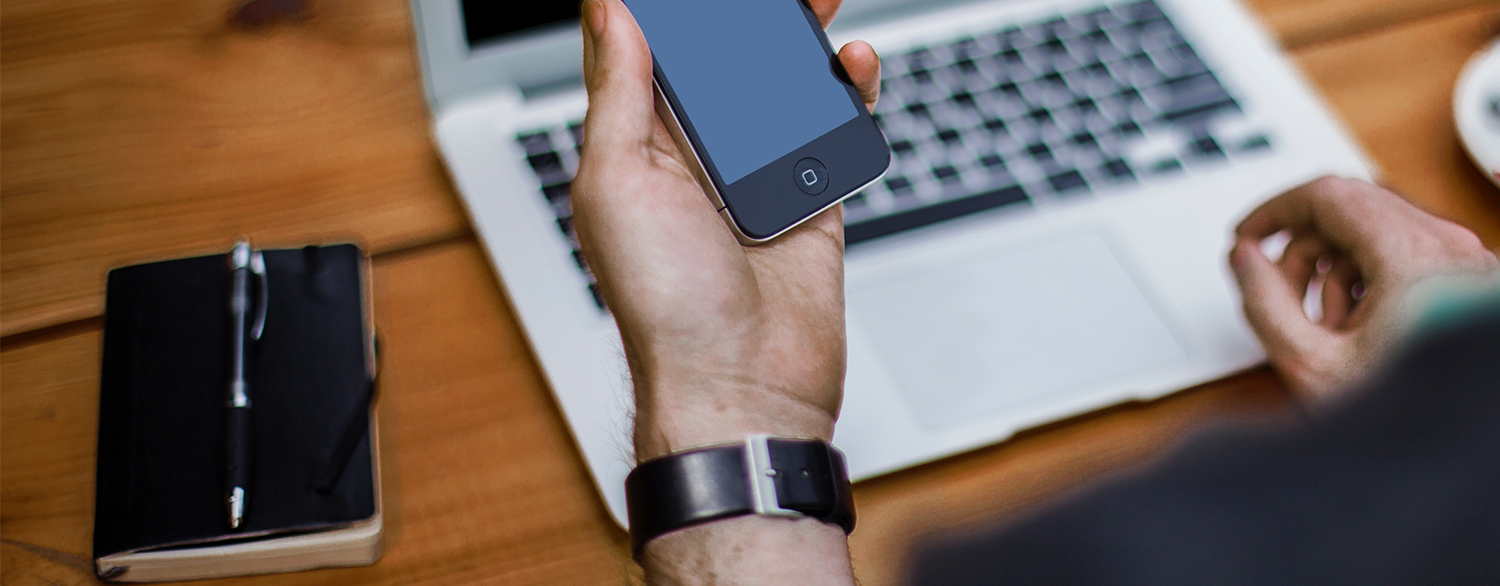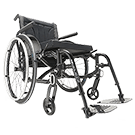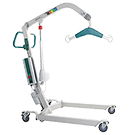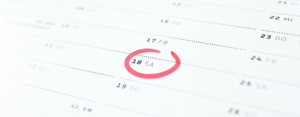
New App to Speed-Up Cerebral Palsy Diagnosis
Did you know cerebral palsy is the most common cause of physical disability in Aussie kids, with one child diagnosed every 15 hours?
Intervention while a baby’s brain is at its most malleable can have significant benefits later in life but making a diagnosis can be tricky, and many children are not diagnosed until 18 months or even older.
New technological advances are being made every day. Baby Moves, a mobile app developed by a team of Melbourne researchers may hold the key to speeding-up the process, allowing doctors to review video of the child at home and identify symptoms remotely.
What’s Cerebral Palsy?
Cerebral palsy or CP is the most common physical disability in childhood, with one Australian child in 500 diagnosed with the condition – that’s more than 34,000 Aussies living with CP.
Caused by damage to the developing brain during pregnancy or soon after birth, CP is a blanket term for a group of life-long disorders affecting movement.
CP can affect people in different ways, from a mild weakness in one limb to reliance on a mobility aide or carer.
People who have CP may also have visual, hearing, speech, epilepsy and intellectual impairments. However, just because a person has CP, it doesn’t mean they will have other disabilities.
Despite challenges, people with CP have their own strengths. With the right help and a good support network most live happy, productive and satisfying lives
How’s it Diagnosed?
There is no single test to diagnose CP, so confirming the disorder takes time.
Doctors diagnose CP by working with families to figure out if their child is meeting developmental milestones. They will look at the child’s growth, feeding, body functions, reflexes, muscle tone, coordination, motor skills, posture, balance, and mouth movements.
After an initial assessment, families may be referred to a specialist for further tests, such as CT scans and MRIs to rule out other conditions.
How’s Screening Technology Improving Outcomes?
For an infant who may have CP, the first two years are a time of high risk but also high reward. Identifying CP and accessing inventions, such as physiotherapy or occupational therapy, early can make a world of difference.
Baby Moves’ creators from Murdoch Children’s Research Institute, Royal Women’s Hospital, University of Melbourne and The Cerebral Palsy Alliance hope the app will this accelerate process.
At the moment, CP is diagnosed by observation but this is normally only carried out in hospital.
Using the app parents can film their baby at home, capturing concerns on video. It sets a reminder for parents to send in their video when their baby is three months.
Using the footage specialists can identify potential symptoms from their office. If they have any suspicions, they can recommend a formal assessment.
In addition to high-risk groups, the app may benefit families living in country areas, people with low health literacy and the disadvantaged by making it easier to access specialist clinicians.
Baby Moves is currently being trialled with 250 premature babies and their families.
In great news for Australian families, Baby Moves is attracting interest here and overseas, which with additional funding opens the door to a public rollout of the screening app.










